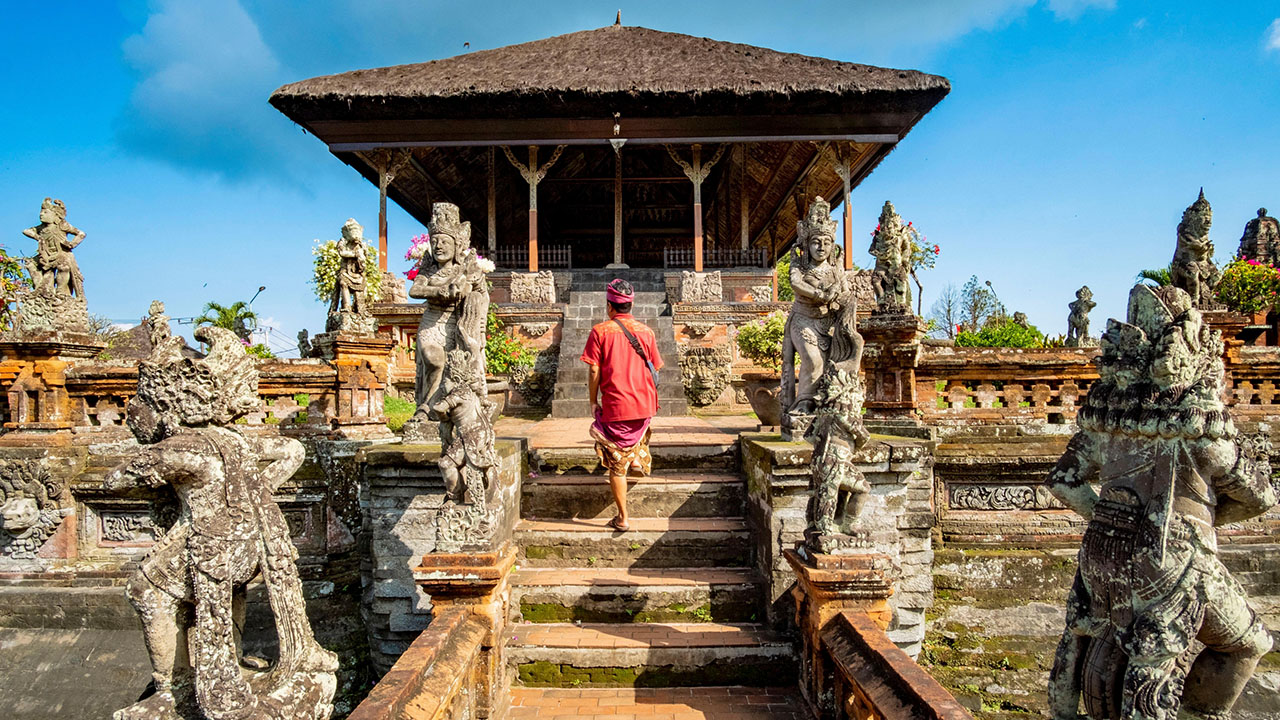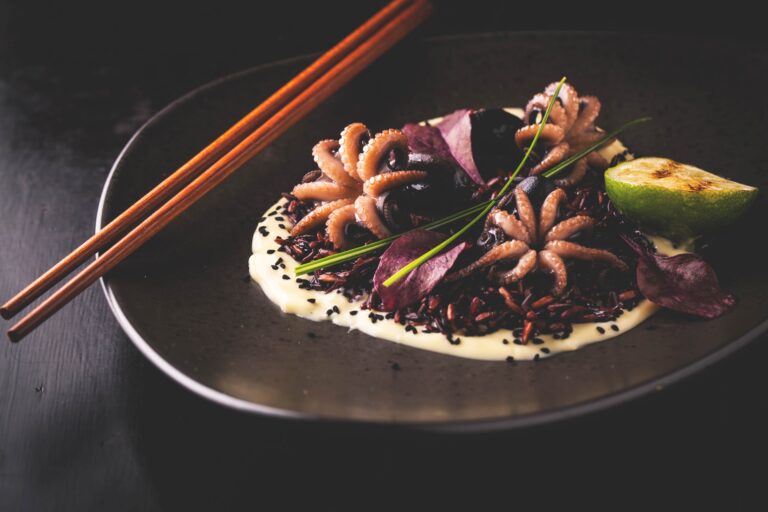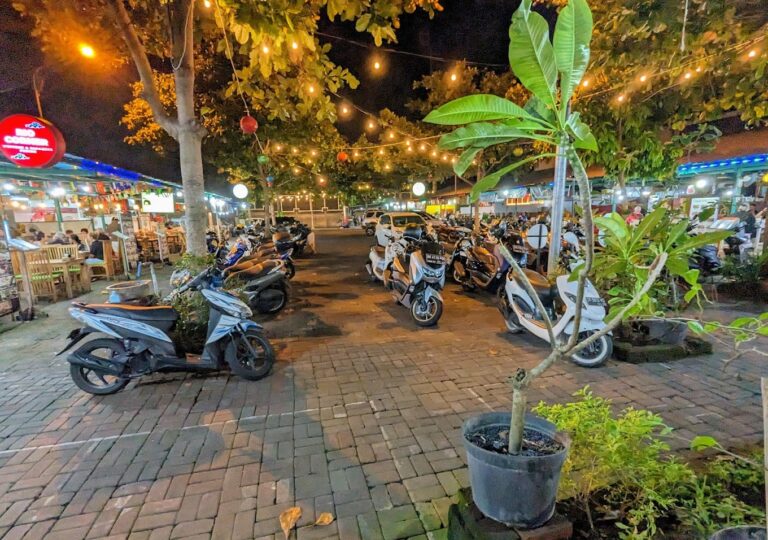Bali’s itinerary should not only be about South Bali beaches or dolphins up in North Bali. The East Bali has some major cultural and historical landmarks that are often overlooked by unsuspecting tourists travelling to Amed.
One of the most influential royal families of the 17 and 18th centuries ruled Klungkung and stood against Dutch colonialists. Today, we can witness what’s left of the palace and its noble heritage.
If you’re interested in history, architecture and museums, here is your complete guide to visiting Klungkung Royal Palace and some useful tips to get ready for the trip.
Klungkung Royal Palace (Officially Puri Agung Semarapura)
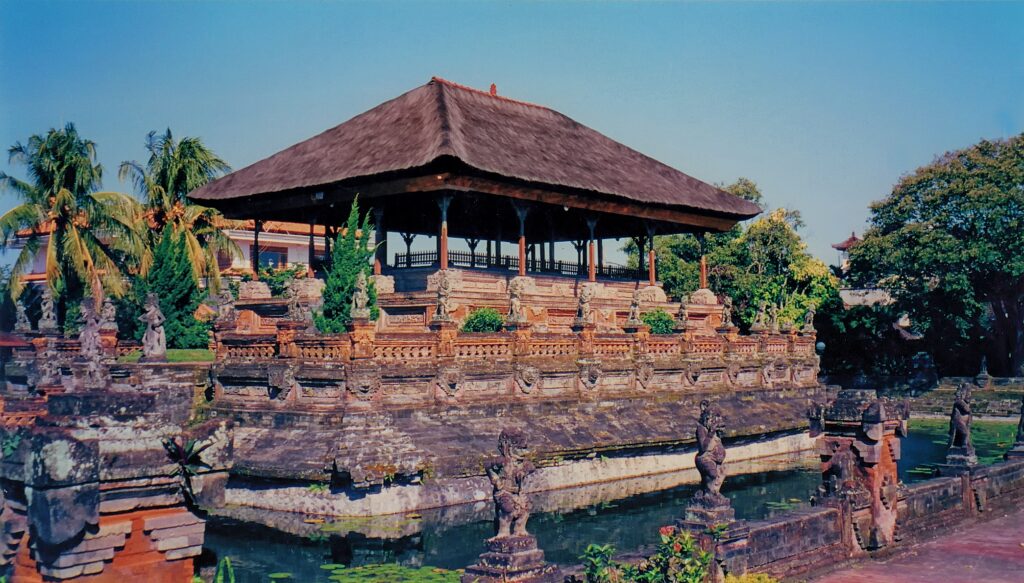
The beautiful royal palace of Klungkung was built, supposedly, as a replica of Gelgel Palace in the 17th century and is a fine example of Balinese architecture and the carrier of history.
It was also, at the time, one of the most influential family houses in Bali.
The official name Puri Agung Semarapura literally means the Royal Palace of Semarapura, as the village where the palace is built, is called Semarapura – “Abode Of The God Of Love”.
Initially, the palace compound was square-shaped with the main gates to the north. The territory was divided based on functionality from mundane to ceremonial.
During the 17th and 18th centuries, the regency and the royal family were very powerful, then natural catastrophes, diseases, and local conflicts led the dynasty to a decline, and in 1908 the Dutch conquest and the fire destroyed almost everything on the compound.
What Is The Brief History Of Klungkung Palace?
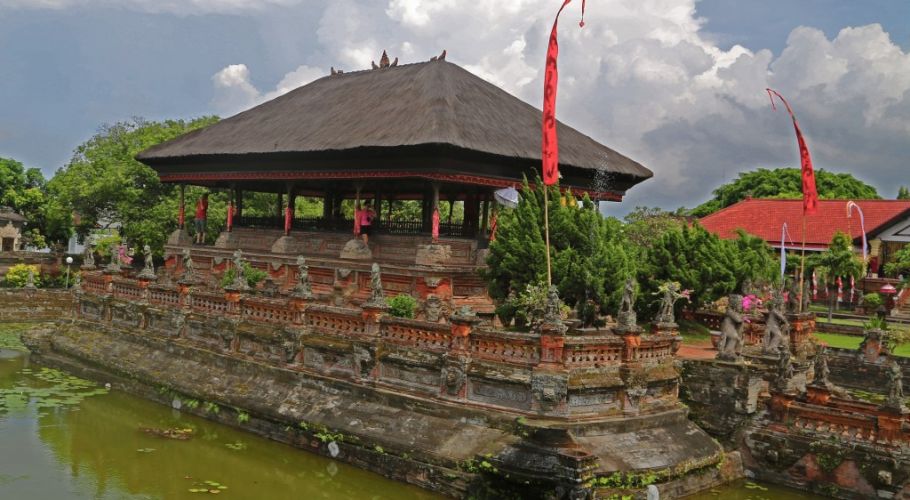
The palace was built in 1686 by King I Dewa Agung Jambe who wished to move the centre of the kingdom away from its previous location – Gelgel and an authoritarian ruler.
The palace was occupied by generations of royal families reigning Klungung area.
In 1908 almost everything was destroyed by the Dutch colonial conquest and for a long time, they occupied what’s left.
Only in 1929 were surviving descendants of the royal family allowed to return and almost immediately they started restoration of the remaining pavilions.
Their new looks are what tourists can see today.
Where Is Klungkung Palace In Bali?
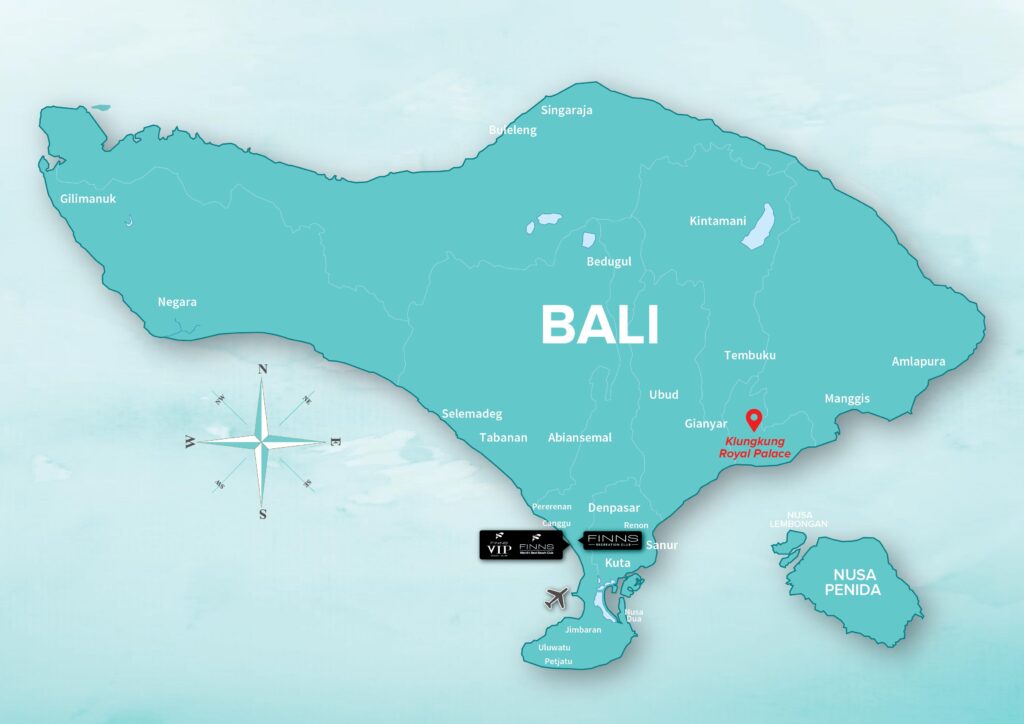
Klungkung royal palace is located in Semarapura village, the capital of the Klungkung regency in the East of Bali, Indonesia.
Klungkung happens to be one of the smallest regencies in Bali, but the famous Nusa islands are part of that same regency too!
Address: JL. Diponegoro, Semarapura Kangin, 80751 Bali, Indonesia
How to Get There
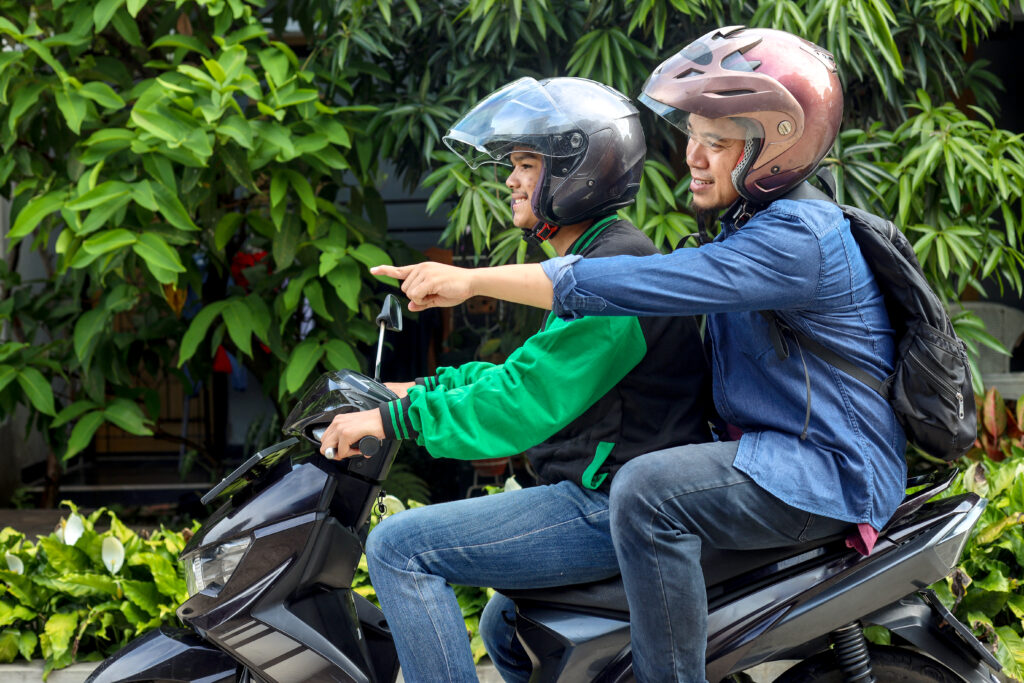
The best way to get to the Klungkung Palace is by renting a scooter or hiring a private driver (or hopping on a day tour). Plenty of parking space will be available nearby.
Klungkung Palace compound is around 40 minutes from Ubud, and 1.5 hrs form Kuta or Canggu.
Main Structures At Klungkung Palace Compound
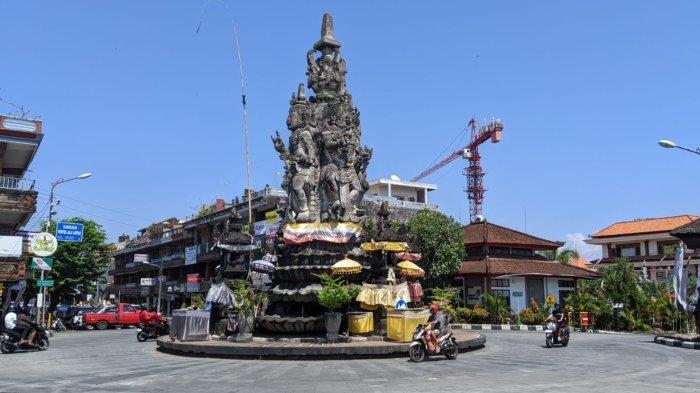
Not all the buildings remained intact or were restored since the Dutch invasion and conflicts, but the original main gate called paduraksa with the engraved date Saka 1622 (AD 1700) is still standing.
The current compound is a big garden with a few buildings left, and many traditional statues of guards. The main sites to check out when visiting Klungkung Royal Palace are the Hall of Justice (Kerta Gosa), Bale Kambang (Floating pavilion), Puputan Monument, and the museum.
The Kerta Gosa – Hall Of Justice
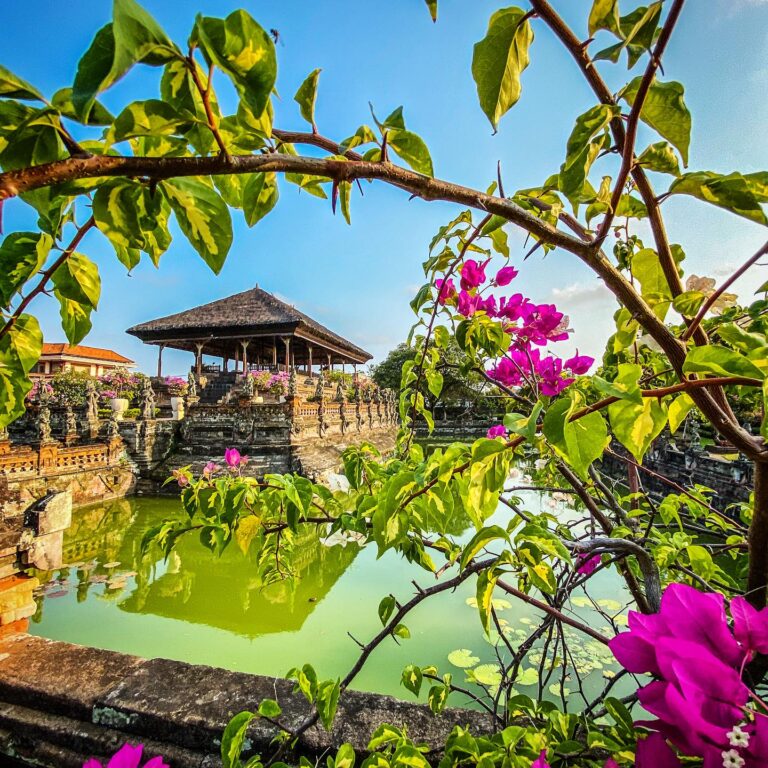
Kertha Gosa or Kertha Ghosa pavilion, situated in the northeast corner of the palace, is famous for its ceiling paintings arranged on 10 levels and classic Klungung architecture.
In the 18th century, the pavilion served as the high king’s Hall Of justice for any complex cases. At that time, there were no judges, but the 3 highest priests, and, of course, Raja – the king, presiding over the committee in his wooden intricately carved chair with a lion symbol.
The traditional Wayang paintings on the ceiling feature cut-out puppets and reminded the visitors and defendants in the court of the different punishments they would get in the afterlife, the story of the warrior Bima in Hell and in Heaven from the Mahabharata epic, and some natural disaster scenes.
They are partially preserved and were regularly renewed up until the early 90s.
Visiting the Kerta Gosa, ask the keeper to explain every painting to you.
Puputan Klungkung Monument
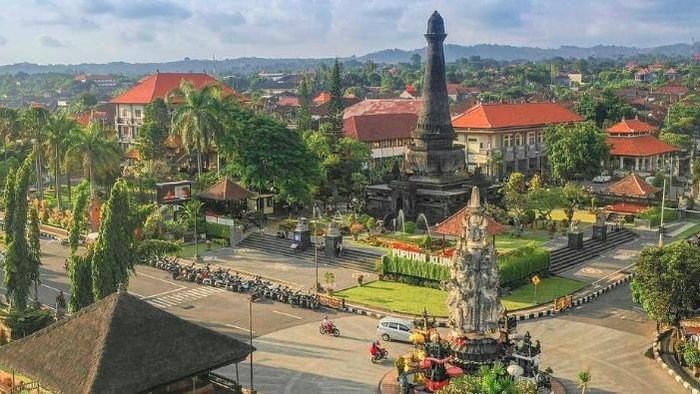
In front of the Kertha Gosa pavilion, you will find a 28-meter-tall black stone monument, surrounded by a small garden. Its Lingga-Yoni shape represents the power of creation and destruction.
The Puputan monument commemorates the fall of the Klungkung kingdom – the last Balinese standing kingdom in the way of the Dutch invasion.
In 1908 remaining members of the royal family and upper class committed mass ritual suicide to protest the Dutch conquest and show that they would not welcome Dutch forces.
The large field, adjacent to the palace is the site where the tragedy took place. Puputan is the Balinese term for ” last stand finishing”, mass ritual suicide when enemies’ forces are superior.
The monument itself was presented to the public in 1922 and since then the brave act of the royal family has been celebrated every year.
Under the memorial tower, you will find a room with 4 entrances that feature a miniature diorama of Regency major historical events.
Bale Kembang – Floating Pavilion

Bale Kambang (or Kembang) is a beautiful open-air pavilion surrounded by a pond and connected to the Kertha Gosa pavilion.
The name Kambang or “floating” comes from the illusion the pond creates – that the pavilion, as the Meru centre of the Universe, floats in the cosmos represented by water.
The ceiling of this pavilion is also decorated with 6 levels of paintings depicting astrological charts (lowest), Men Brayut folktale of the ideal family (second level), and tales of Sutasoma – 14th-century Javanese mythology poems.
Semarajaya Museum
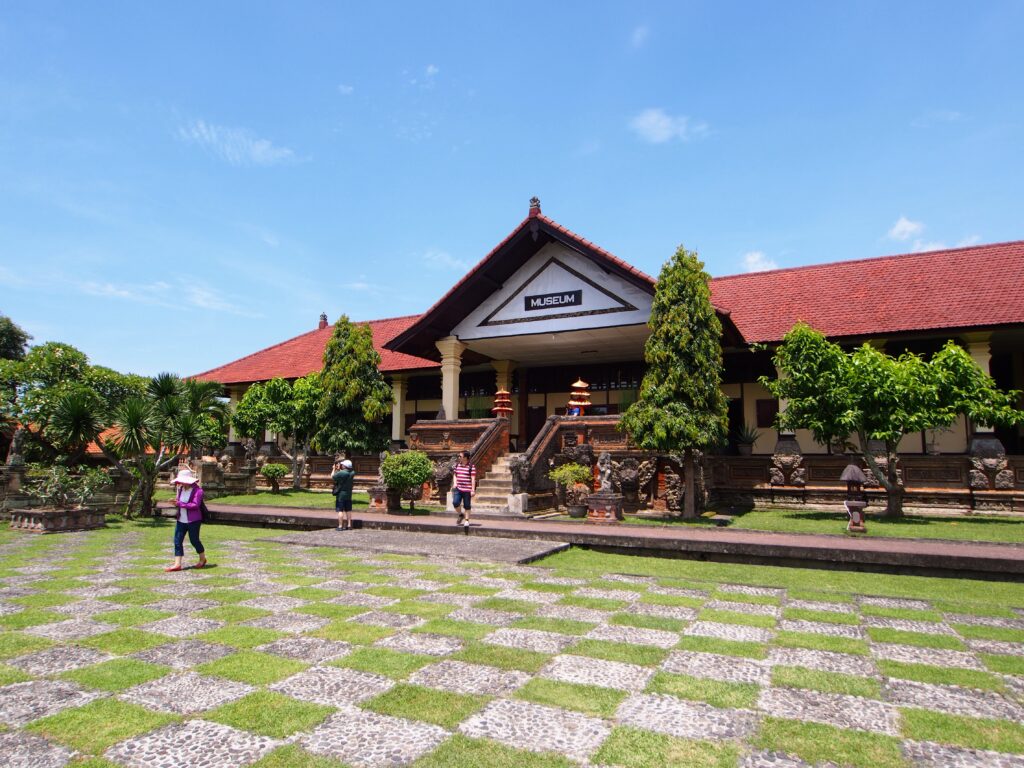
The nearby museum is well worth visiting to learn more about Balinese kingdoms’ history and the colonial past of the palace.
The best way to do it is to join a tour to get a full introduction and listen to the stories about the place.
The museum collection contains a lot of items the royal court used, like plates, ceremonial outfits, art, clothes, ceramics, and many more.
Puri Agung Klungkung
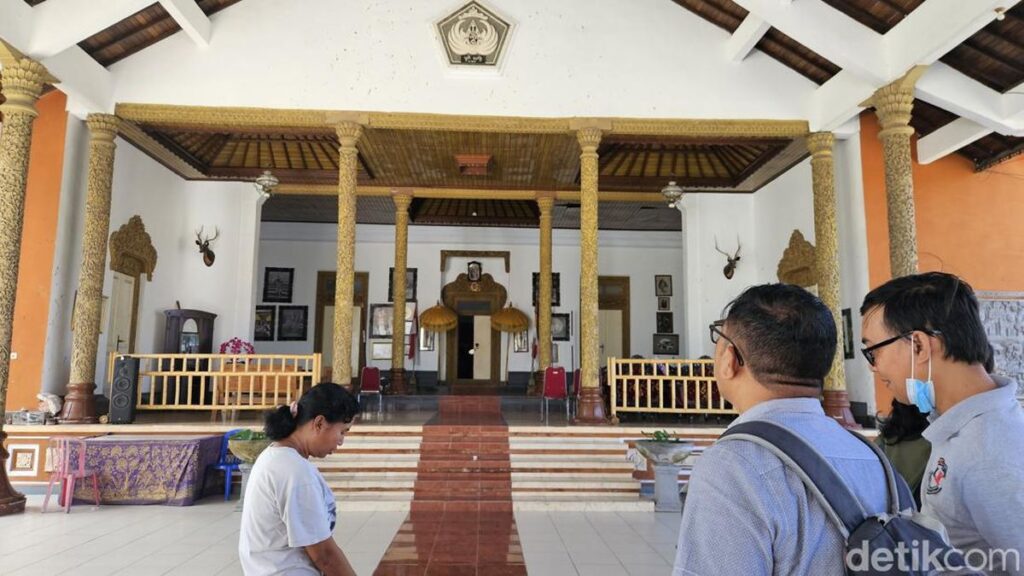
Puri Agung is a small palace built in 1929, where the surviving descendants of the royal family returned. It is located west of the old palace compound.
The majestic entrance gate is decorated with statues and Tedung – ceremonial umbrellas. The site itself is more like a small museum now and still preserves old photos of the kings’ lives in the 20th century.
Useful Tips To Visit The Palace
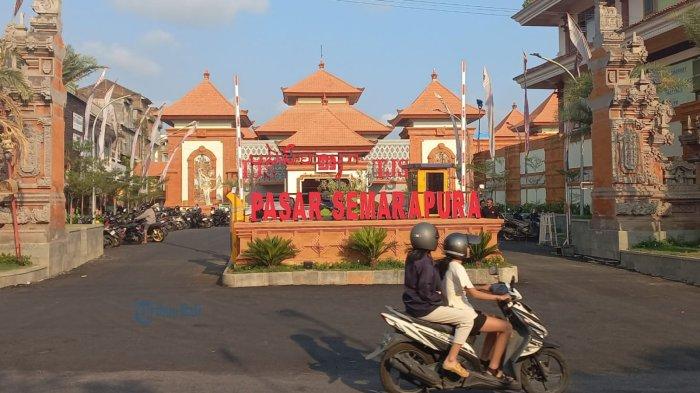
- The best time to come is weekdays as there will be no wait and no crowds. Generally, not many tourists come here anyway, but sometimes the premises are closed on weekends.
The entrance fee to the Klungkung Palace is around 50,000 IDR (5 AUD/3 USD) and the quick tour will take at least 30-45 minutes. Public toilets are available at the back.
Swing by Klungkung Traditional Market to find some traditional fabrics (batik, songket), and souvenirs. There will be a few ladies selling crafts and sarongs next to the palace entrance as well.
Dress respectfully. Even though Klungkung is not a temple, locals value its spiritual symbolism and history a lot.
If you plan to visit Amed or Candidasa, you can stop at Klungkung Palace on your way. It is not far from the main road and is definitely worth checking out.
Final Thoughts
If you’re interested in the history of Bali and love museums, visiting Klungkung Palace will be a highlight of your trip. It may be not as grandiose as European palaces but silently guards myths, tales, and the real history of the Balinese kingdom.
To mix up lazy days at beach clubs and island hopping, get yourself a driver and come to the East Coast to travel off the beaten paths in Bali.

